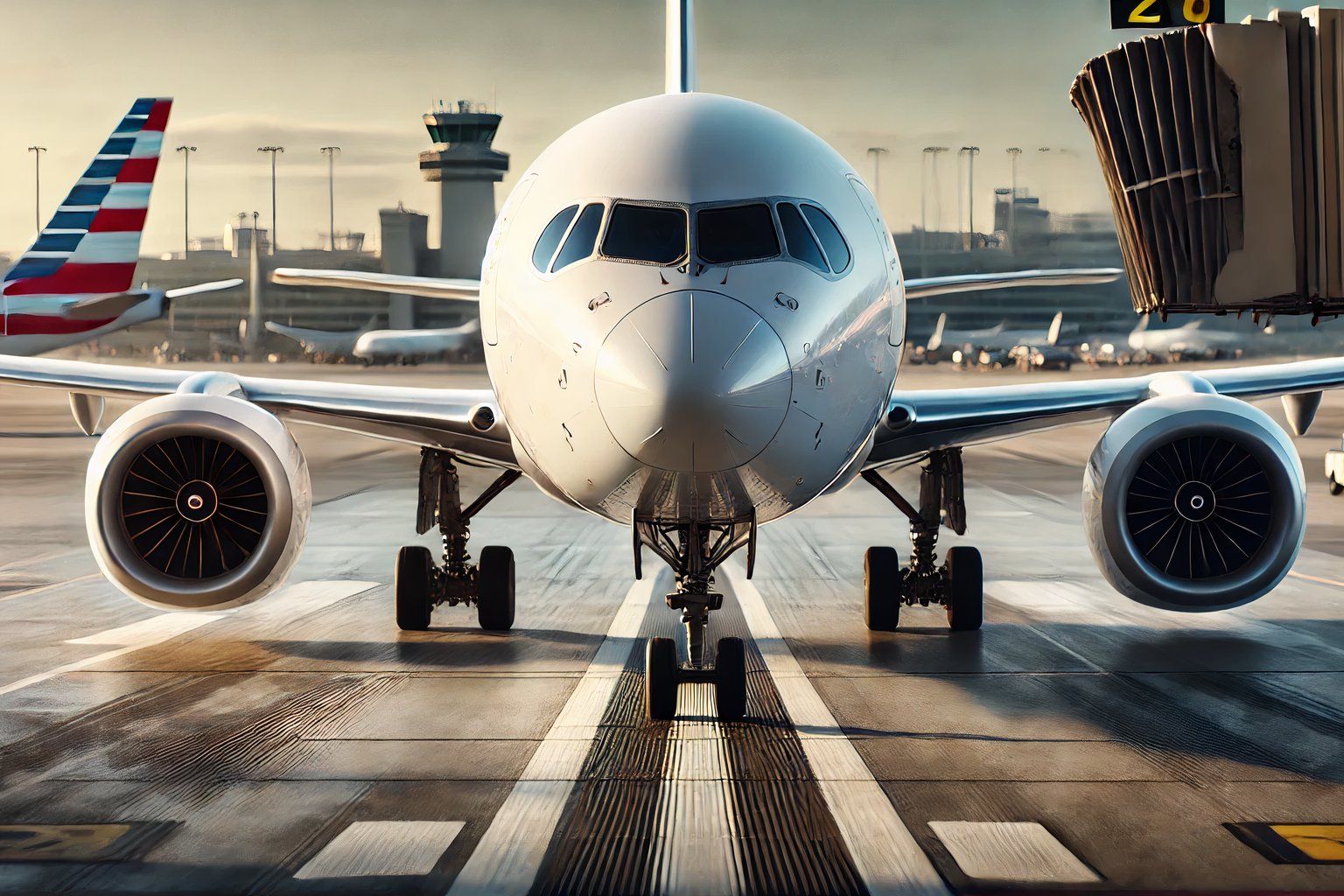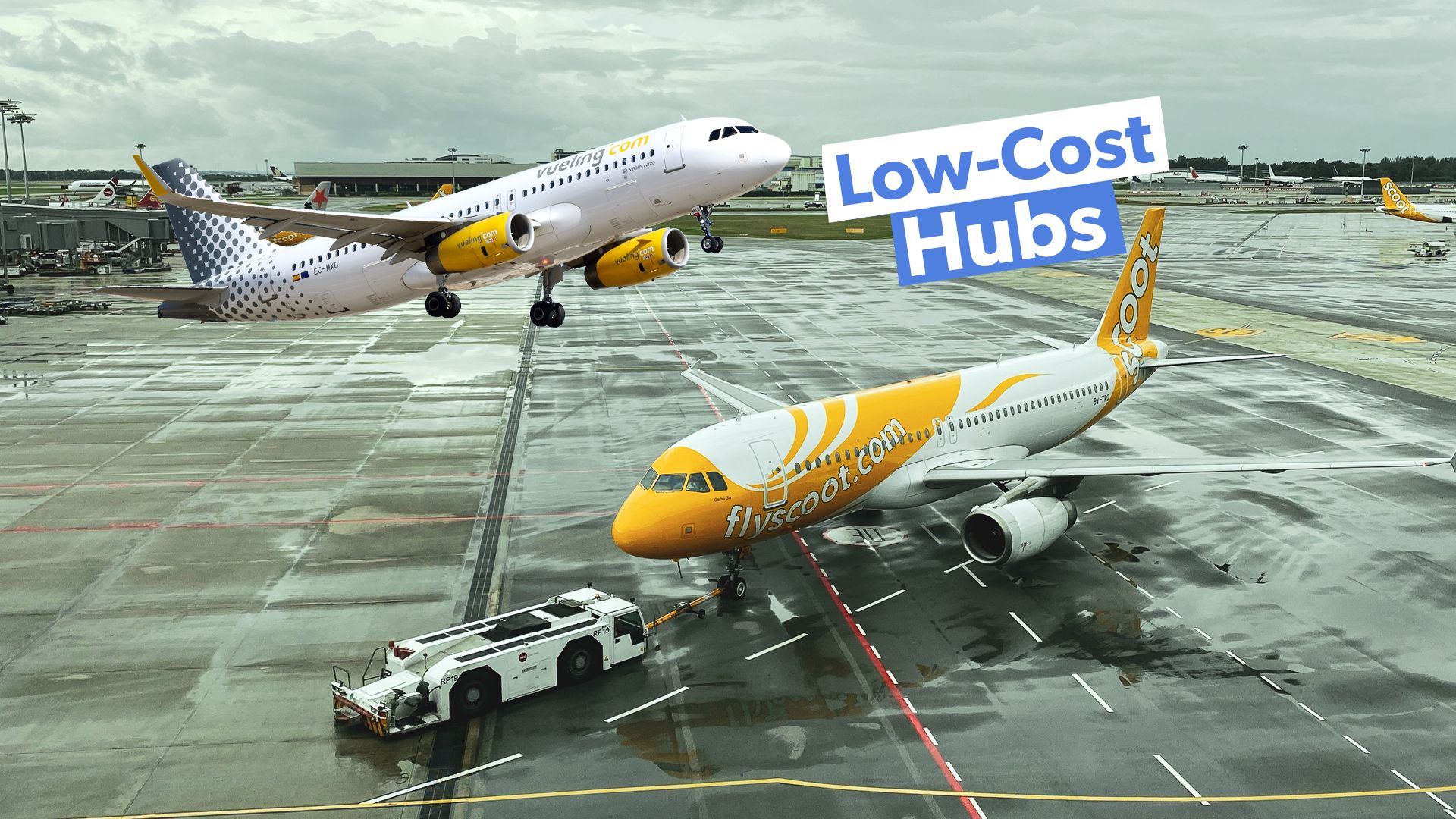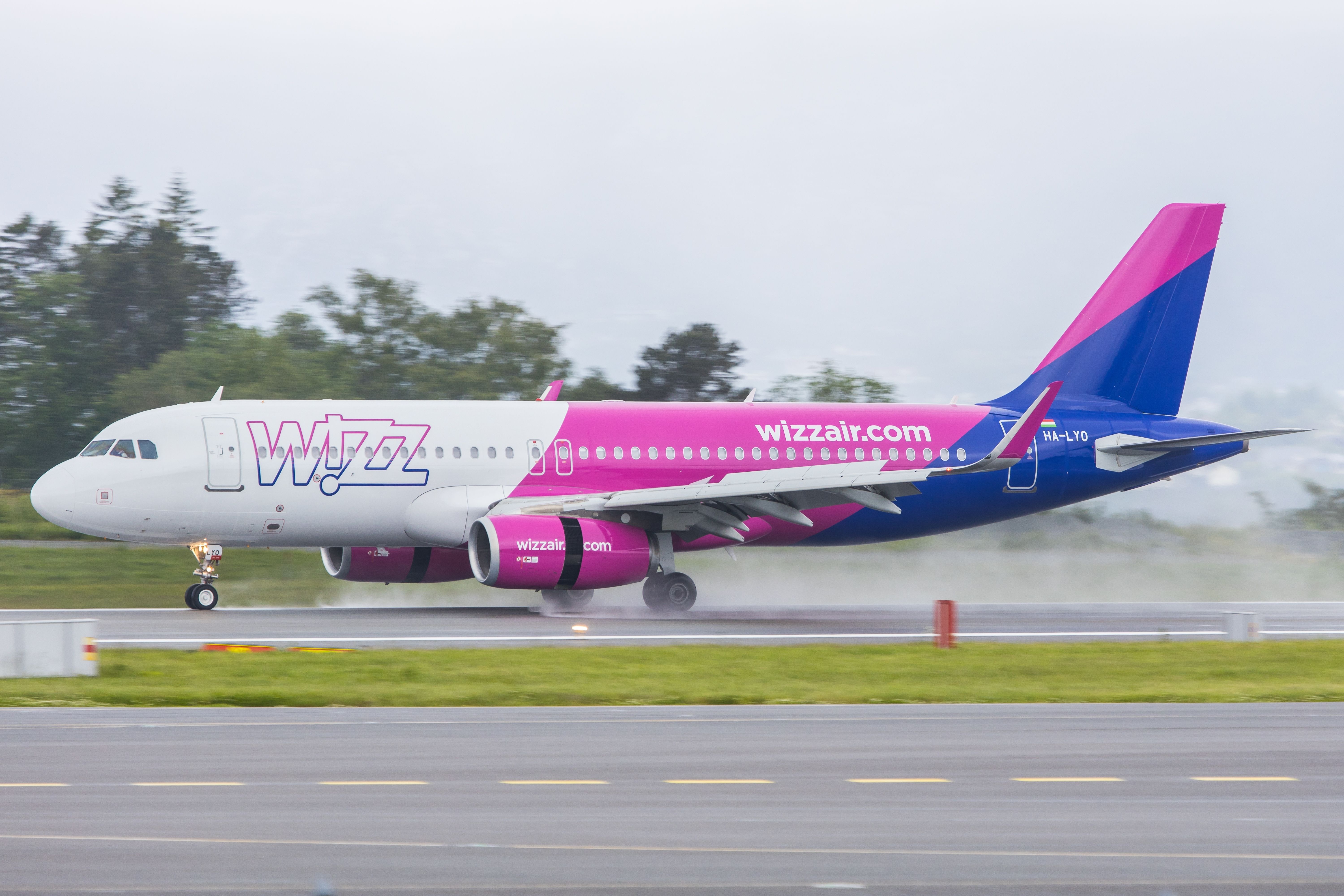Traditionally, ultra-low-cost
carriers like Ryanair, easyJet, and Spirit Airlines have operated out of secondary airports. For example, low-cost airlines have sought out airports like London Luton Airport (LTN), New York Stewart Airport (SWF), or Paris Beauvais (BVA). By capitalizing on the lower fees associated with operating at these facilities that demand less traffic, low-cost carriers have been able to continue realizing great benefits.
Over time, however, the size, scale, and market power of airlines like Wizz Air, Ryanair, and others have become so great that they have turned secondary facilities into major regional and international gateways. Some of these facilities now rank among the world’s largest, even drawing service back from legacy airlines in search of this competitive market.

An undeniably impressive effect
The effect that low-cost airlines have is immense: they stimulate economic development both in the primary leisure destinations they serve but also near their major points of origin. Airports like London Luton, which sits outside of London, also serve as a regional gateway for the suburban areas north of the city.
With this in mind, the extensive effect that low-cost carriers have had on the global airport landscape cannot be understated. Therefore, let’s take a deeper look at some of the important low-cost carrier-focused airports across the globe and examine their future growth.
The majority of low-cost-dominated facilities are in Asia
Despite the growth of the low-cost industry in Europe and the consistent rise of budget airlines in the United States, there are relatively few facilities within these regions that rise to the top of global low-cost carrier passenger leaderboards. The most recent analysis of low-cost carrier passenger traffic was completed by OAG, and lists the following as its 10 busiest airports for budget airline traffic:
|
Ranking |
Airport |
Low-Cost Carrier Connections |
|---|---|---|
|
1 |
Kuala Lumpur International Airport (KUL) |
14,583 |
|
2 |
Ninoy Aquino International Airport (MNL) |
8,728 |
|
3 |
Seoul-Incheon International Airport (ICN) |
15,426 |
|
4 |
Singapore Changi International Airport (SIN) |
11,206 |
|
5 |
Indira Gandhi International Airport (DEL) |
11,099 |
|
6 |
Soekarno-Hatta International Airport (CGK) in Jakarta |
7,228 |
|
7 |
Dubai International Airport (DXB) |
18,882 |
|
8 |
Barcelona Airport (BCN) |
14,930 |
|
9 |
John F. Kennedy International Airport (JFK) in New York |
12,192 |
|
10 |
Bangkok Airport (BKK) |
8,461 |
As one can immediately notice, the list of low-cost carrier-dominated airports leans heavily on airports that offer extensive service from a single budget airline. Topping the list for two years in a row is Tony Fernandes’ AirAsia’s primary hub in Kuala Lumpur, a city that two decades ago had virtually no low-cost presence whatsoever. In total, over 130 destinations are served by low-cost carriers from Kuala Lumpur, with low-cost friends accounting for an impressive 35% of all services in and out of the facility.
Photo: James Chutimeth | Shutterstock
Manila, which sits in second position on this list, is a similar story. Cebu Pacific, which dominates low-cost traffic from the Philippine capital, is one of the first airlines to succeed in operating a long-haul low-cost model. Making innovative use of aircraft like the Airbus A330neo, Cebu Pacific has expanded its service to offer flights to nearly 100 destinations, helping low-cost flights account for over 30% of the air traffic from the facility. Delhi follows this pattern, with IndiGo maintaining a stranglehold on the low-cost market there.
Not all of these airports are built the same
The story is not the same at all facilities, however, with both Singapore and Seoul serving as important hubs for legacy airline traffic. Seoul’s low-cost market share is considerably lower, with only 22% of all flights. This share of low-cost flights is shared by a handful of players, as opposed to being dominated by a single airline. This includes operations from all the following airlines:
- Air Premia
- Air Busan
- Air Seoul
- Eastar Jet
Dubai International Airport (DXB), which ranks seventh on this list, has a similar model to Seoul and Singapore with primarily legacy airline traffic. However, this facility does have a dominant low-cost carrier, with the recent growth of state-launched flydubai. In Bangkok, the story is similar, with Thai Airways International dominating traffic, while Thai AirAsia maintains a hold on the low-cost sector. In Jakarta, the one low-cost gateway yet to be fully discussed, a handful of carriers control low-cost traffic, including all the following:
- Batik Air
- Citilink
- Indonesia AirAsia
- Lion Air
But what about US and European airports?
US and European airports have consistently ranked lower over the past few years for low-cost traffic than Asian competitors, likely as a result of the dominance over the market that US and European legacy carriers have. The only airport in the United States to be on this list is JFK, which is likely not seen as a major hub for budget airlines in the United States. The dominant carrier at this facility is Delta Air Lines, which is a legacy carrier. Despite this, OAG cites that an impressive 35% of traffic at the airport comes from low-cost carriers.
Photo: Photofex_AUT | Shutterstock
In Europe, there are a handful of airports that rank in the top 25 for low-cost travel, something unsurprising given the continent’s historic and massive low-cost airline industry. The most noteworthy of these facilities is Barcelona, where an impressive 41% of passenger traffic is commanded by low-cost airlines. In total, low-cost carriers serve 227 different destinations from Barcelona, a number that further helps explain why the airport is ranked as Europe’s largest low-cost gateway.



